Embodied Architecture | Trailer from Harvard FAS CAMLab on Vimeo.
ONE TOWER IS ONE WORLD
IT IS THE MICROCOSM OF THE UNIVERSE

Role:Designer, Production, Responsible for Act0, Act1 and Act3
Venue:Harvard University -
Venue:Harvard University -

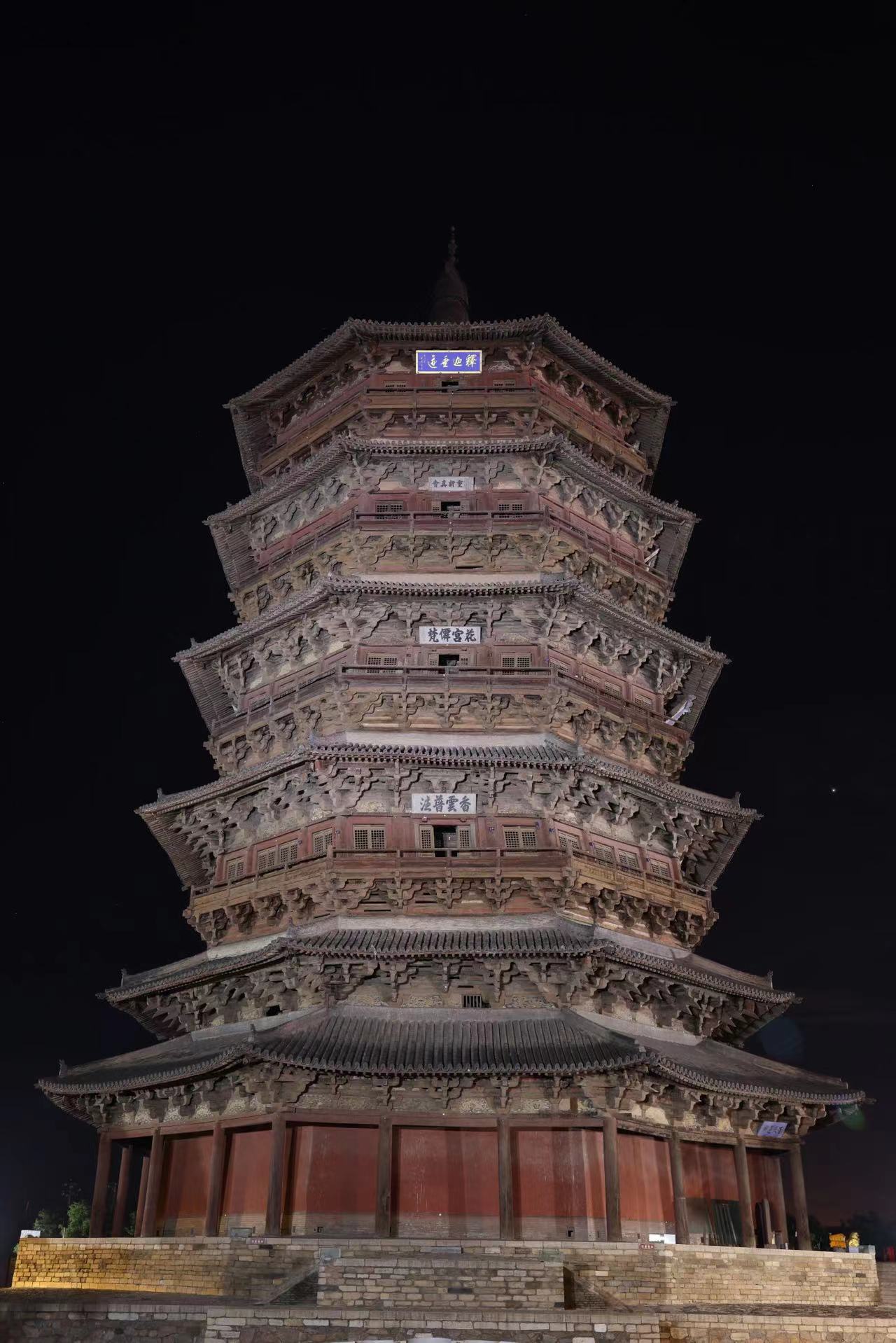
ROLE: CG Artist
EMBODIED ARCHITECTURE is an immersive exhibition project by Harvard CAMLab that combines architectural scanning technology. The work is based on the Yingxian (or Sakyamuni) Pagoda: an ancient wooden pagoda built in the Liao Dynasty of China.
This sacred building’s concept and structural design are closely related to Buddhist dharma, and because of its age, it has been difficult for modern people to repair and preserve. Therefore, the original purpose of the project was to preserve the pagoda digitally. Its other goal was to disseminate the history, culture, and Buddhist philosophy related to the Yingxian Pagoda to the public through an immersive experience.
I was in charge of three acts in the project: Prologue, Becoming, and Remains.






Act 0 Prelude
Night Rain and Bells



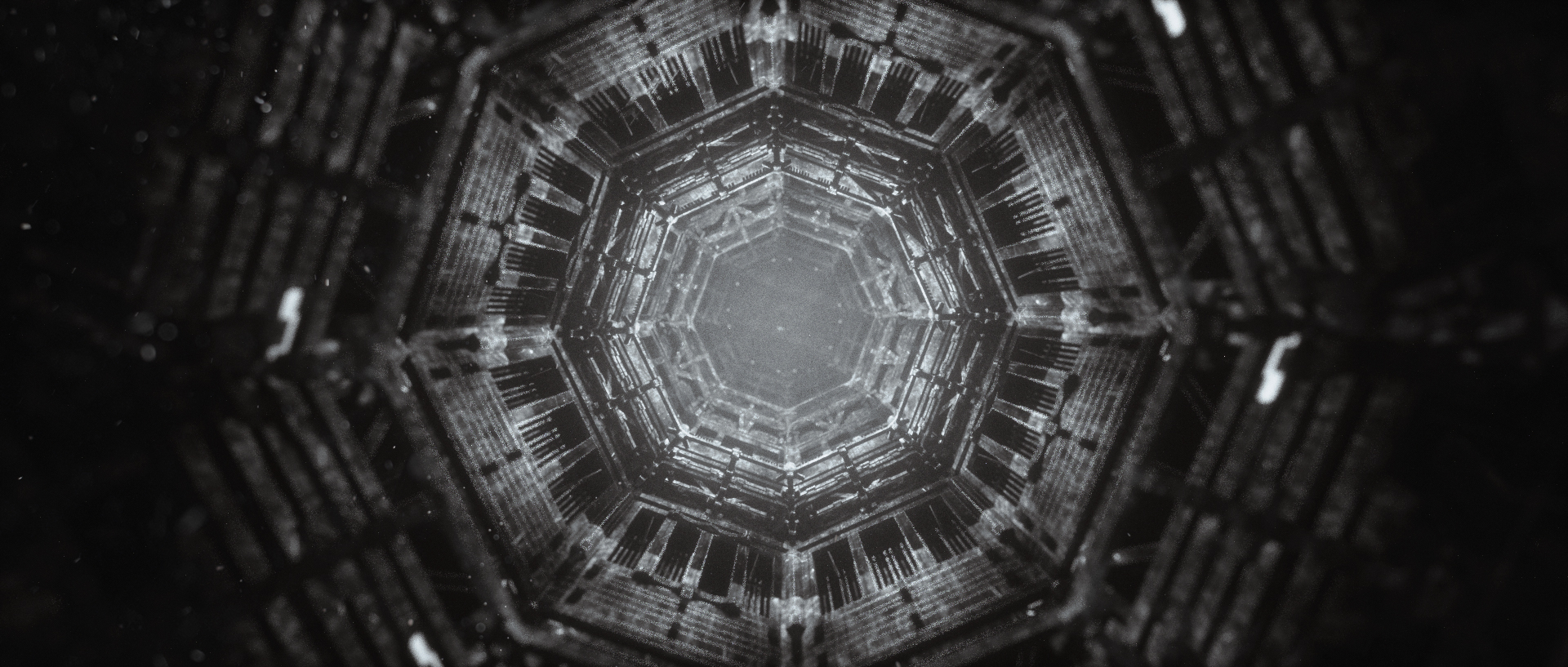
Act II
Form
From mortal to saint
From mortal to saint
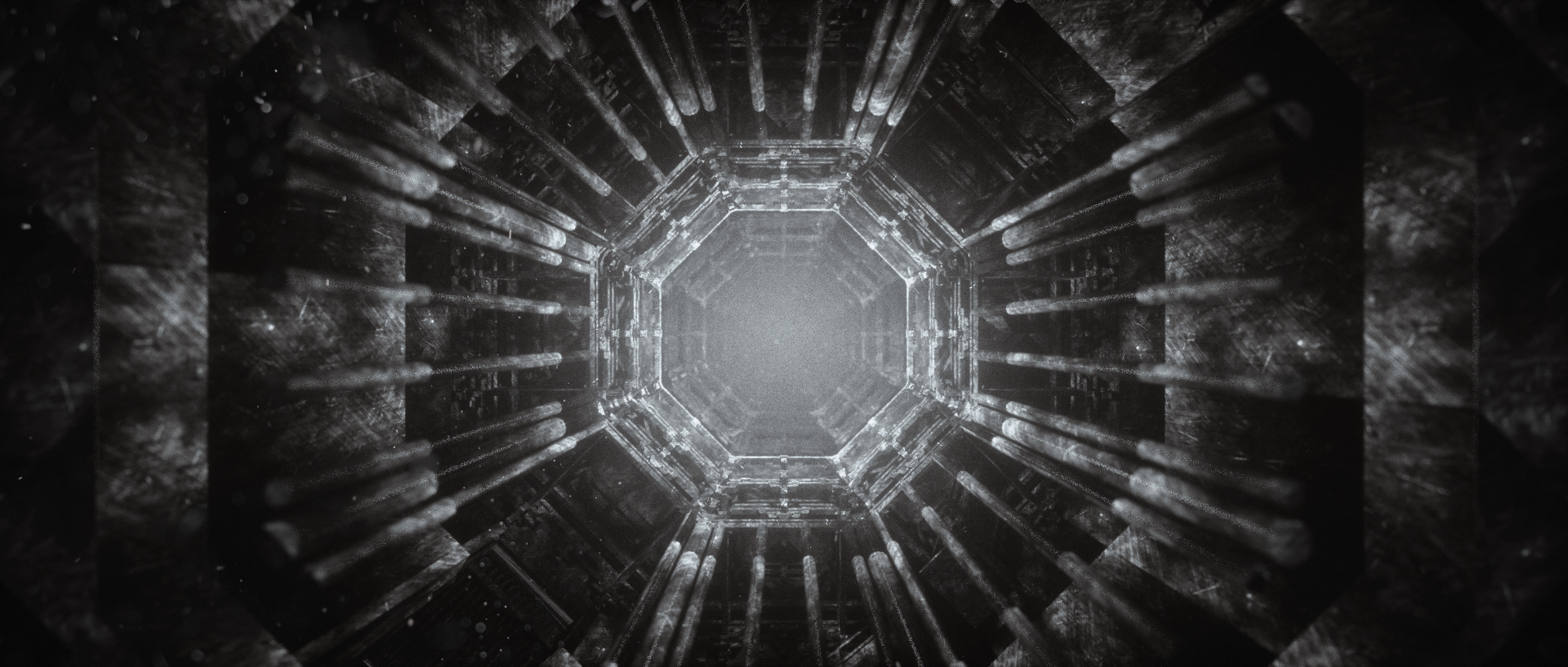
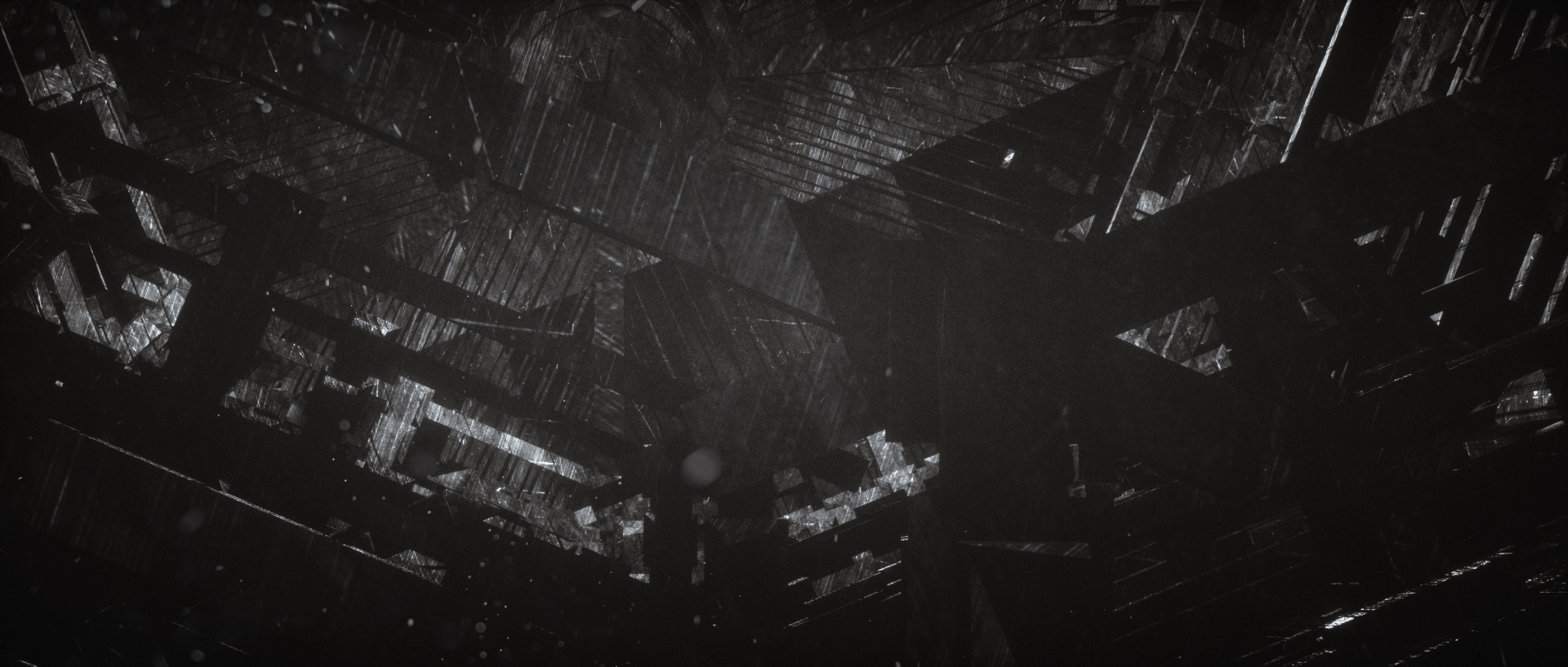



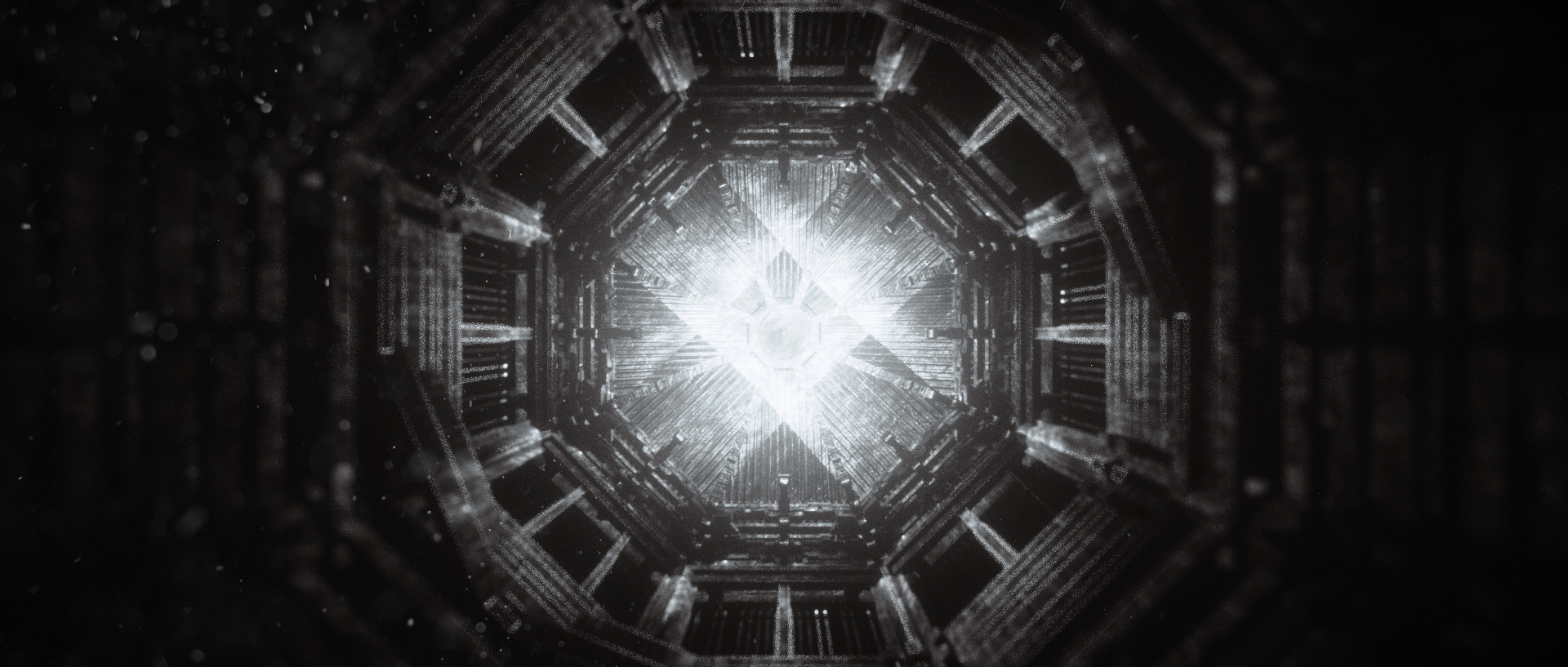
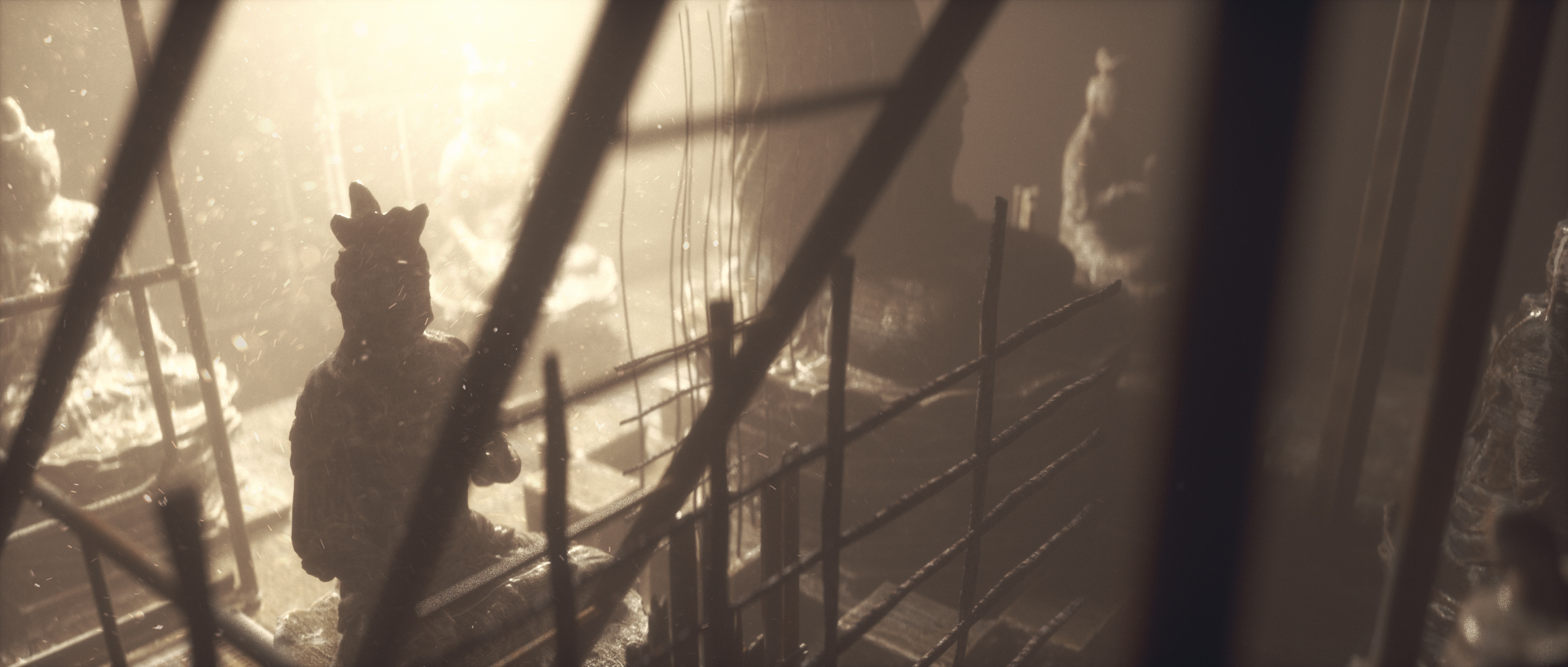
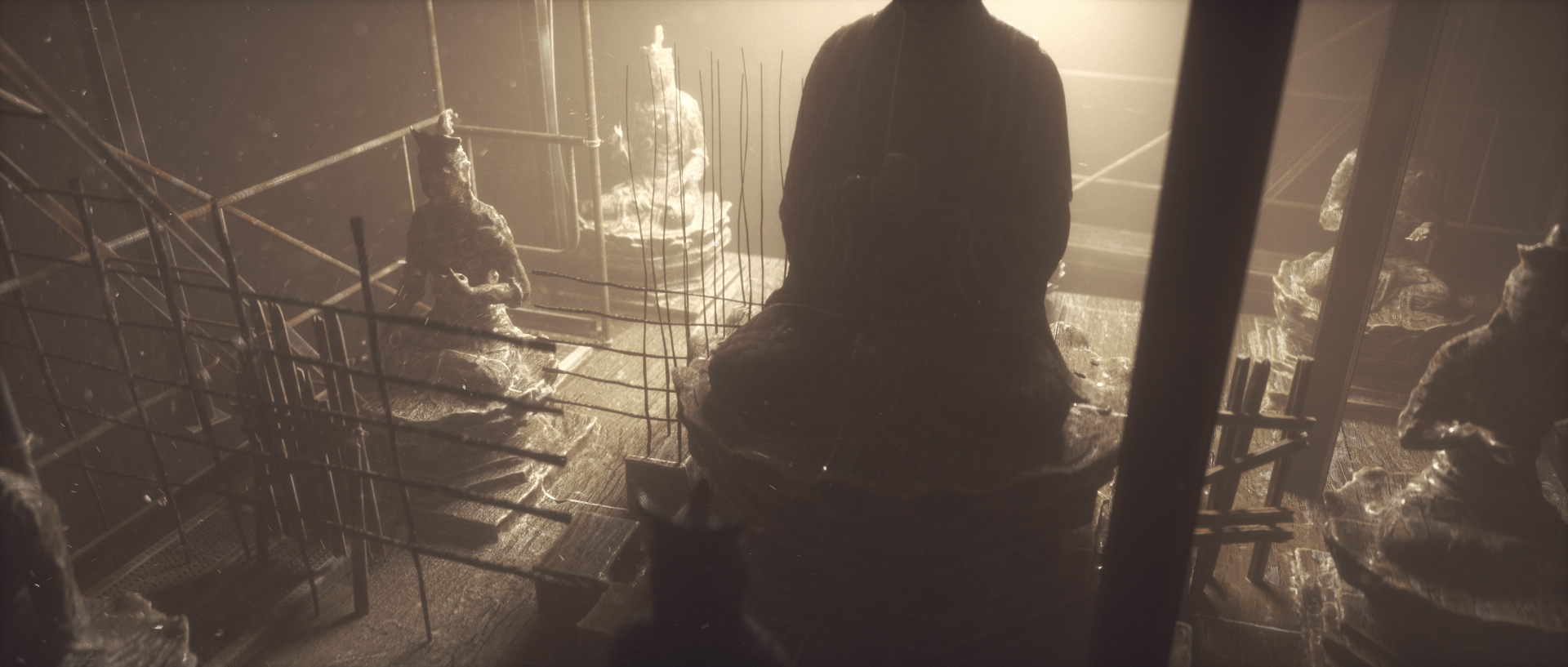
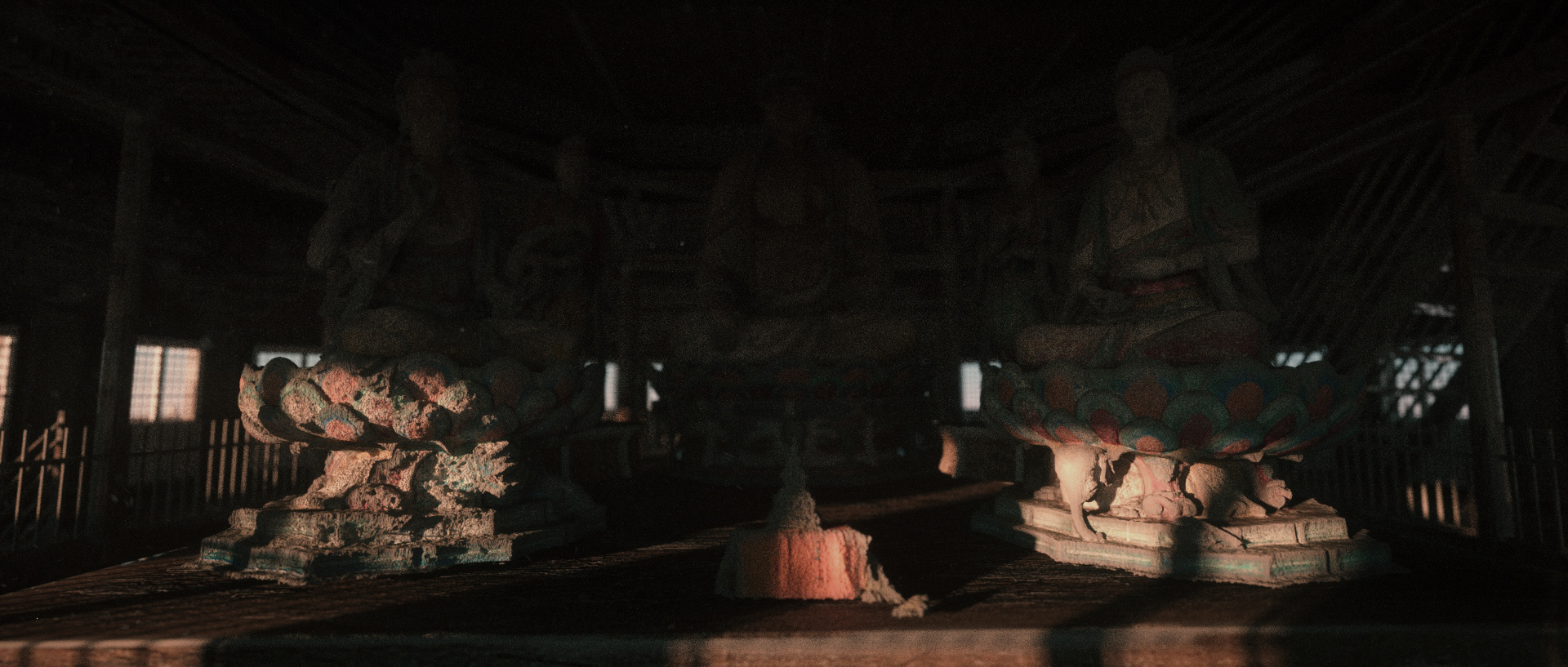

Act III
Emptiness
Remnants in snow
Remnants in snow




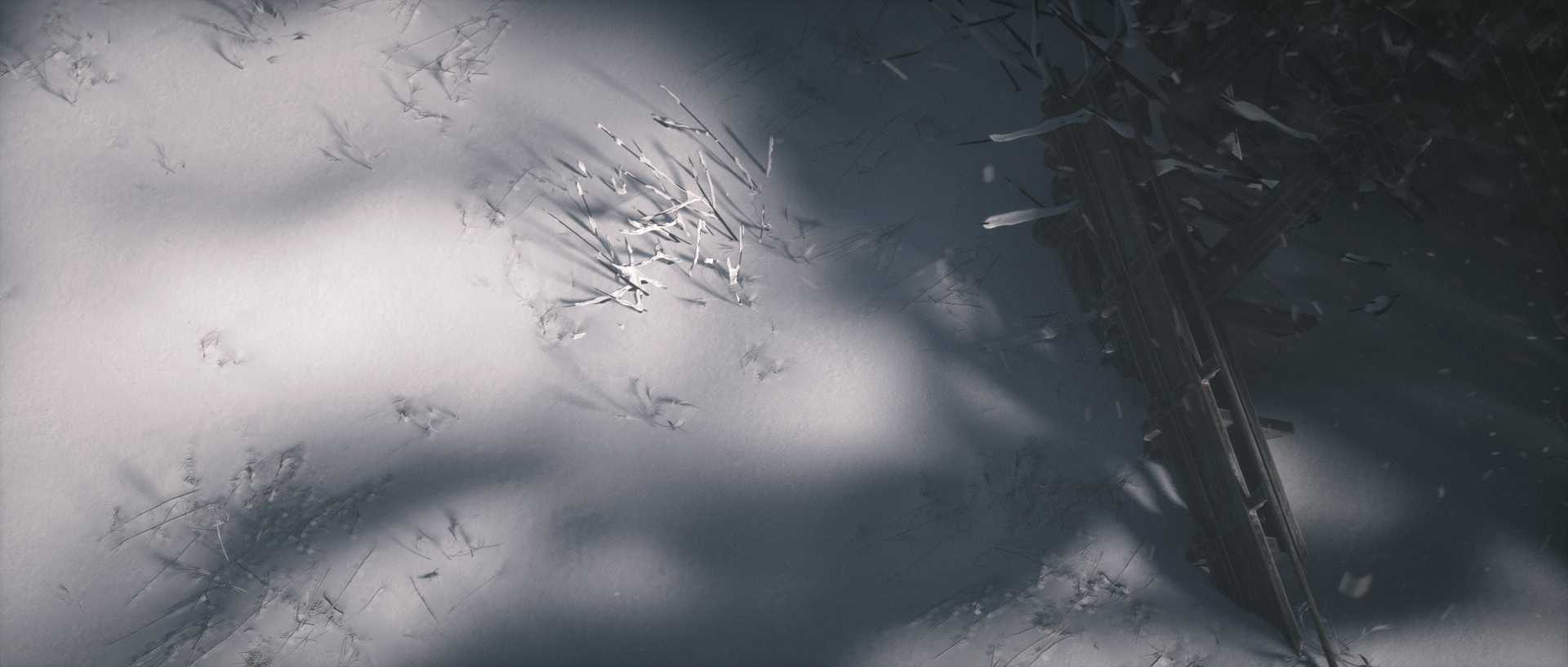
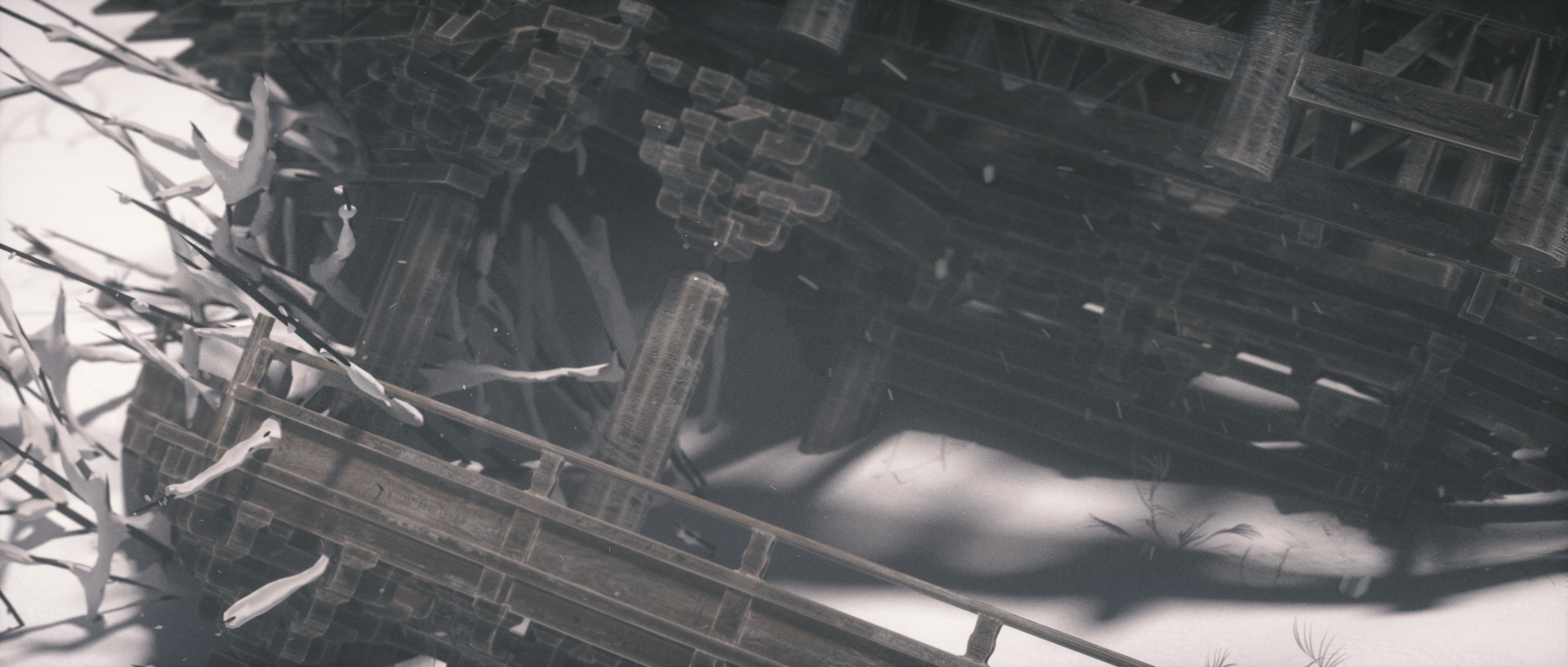
合作机构:
清华大学|建筑学院建筑历史与理论研究所
内蒙古工业大学|建筑学院
特别鸣谢:
山西省古建筑与彩塑壁画保护研究院 (山西古建筑博物馆)
山东大学历史文化学院
北京师范大学
重庆大学建筑学院
天津大学建筑学院
深圳博物馆
- DIRECTORS:
Eugene Wang, Chenchen Lu
- PROJECT LEADS:
Jiajian Min, Anna Borou Yu
- ACADEMIC CONSULTANTS:
Chang Liu, Nan Wang, Zhuonan Wang, Hui Fang, Zhongming Tang, Huizhong Bin, Aibin Yan, Jie Zhu, Yangxing Huang, Yao Ding, Qin Zhang
- ADMINISTRATION:
Lorna Desiree Campos
- RESEARCH:
Chenchen Lu, Icey Lin, April Peng, Sophie Lei
- VISUAL ART:
Curry Sicong Tian, Jinjun Zhu, Xiaoyan Li, Yetong Xin, Haofan Liu, Tong Wu, Yujia Chen
- 3D DESIGN:
Jiajian Min, Sébastien Labrunie, Daoru Wang, Biru Cao, Seph Li, Wenbo Xiang, Ruijia Zhang
- SOUND DESIGN:
Jie Zhu, Chenchen Lu
- EXHIBITION DESIGN:
Jiajian Min, Anna Borou Yu, Yingxuan Ma, Chunfeng Yang, Yangsun Lim, Seph Li, Yutong Jiang, Biru Cao, Wenbo Xiang, Xinru Liu, Paul Zhou
- EXHIBITION MANAGEMENT:
Jiajian Min, Simone Levine
- PUBLIC PROGRAM:
Alina Yijia Yang, Elaine Huang, Simone Levine, Sabrina Chen, Julia Qingye Wang
- TECHNICAL CONSULTANTS:
Jeff Grantz, Shaoyu Su, Jake Xi Wang, Dan Beedy, Ben Vandonkelaar, Wenhua Shi